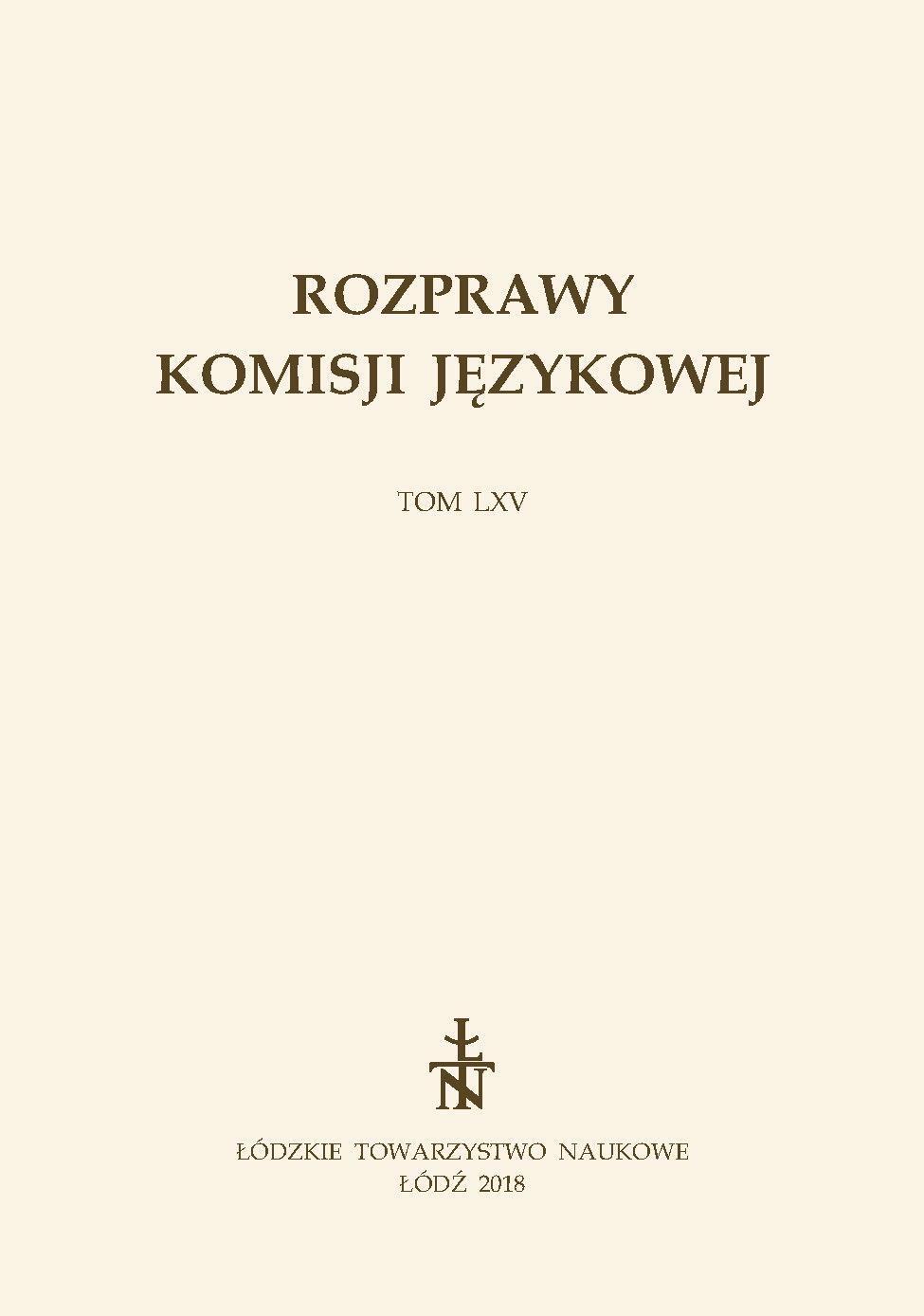Вариативность числовых форм в древнерусской письменности: singularis vs pluralis
Variability of numerical forms in Old Russian writing: singularis vs pluralis
Author(s): Oleg Feofanovich ZholobovSubject(s): Theoretical Linguistics, Applied Linguistics
Published by: Łódzkie Towarzystwo Naukowe
Keywords: Old Russian; number; variability
Summary/Abstract: The article considers an unusual type of variability in the Old Russian – singularis vs pluralis. Attention is drawn first of all to cases where in the modern Russian language, instead of the ancient variability of numerical forms, the words singularia tantum and pluralia tantum are found. We believe that cases of numerical variability have an explanation in the dual nature of verbal signs – significative and denotative. The grammatical form of the singular appears as an expression of significatum and does not correlate with the potential grammatical meaning of singularity. On the contrary, the replacement of the original word forms of the singular by the plural is due precisely to the semantic saturation of the plural forms reflecting the complexity of the objects or the substantial intensity. The marked member of the opposition – pluralis – signals the reality, concreteness, the beingness of the designated objects, while the unmarked term results in the idea (signification, concept) of the designated objects. In tense interaction of opposition members, a secondary, reflected categoriality develops, as a result of which the private opposition can function as an equipollent one.
Journal: Rozprawy Komisji Językowej
- Issue Year: 2018
- Issue No: 66
- Page Range: 565-580
- Page Count: 16
- Language: Russian

